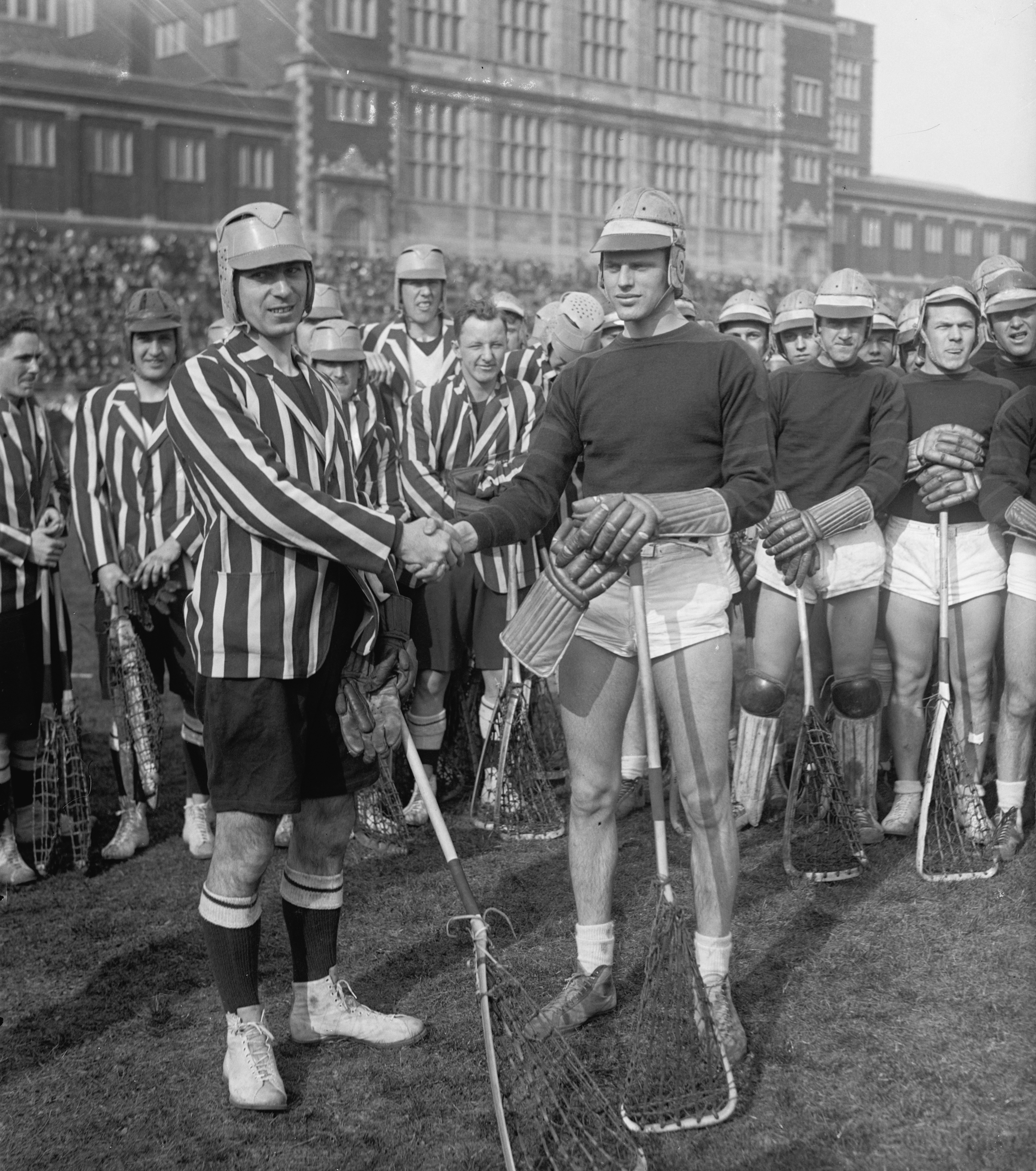Wearing History: The Evolving Role of Sports Uniforms as Cultural Symbols
Sports uniforms have long been more than just the fabric athletes wear; they are powerful symbols that encapsulate history, cultural identity, and social movements. As the years have rolled by, these garments have transformed from mere articles of clothing into significant artifacts that reflect our collective journeys. In this journey through time, we'll explore how sports uniforms have evolved to embody technological advancements and regional pride while shaping fan behavior and community identity.
The Historical Context of Sports Uniforms
To understand the evolution of sports uniforms, it's crucial to first look back at their modest beginnings. Early sports attire primarily focused on functionality. Whether it was a white shirt for cricket or woolen knickers for football (soccer), uniforms served a practical purpose, providing athletes with ease of movement instead of iconography. However, as society progressed, the importance of aesthetics began to take shape, leading to an ever-changing narrative—one that intertwines deeply with cultural symbols.
The early 20th century marked the initiation of team branding. The establishment of stable franchises encouraged a need for identifiable uniforms that not only distinguished teams from one another but also fostered loyalty among fans. The New York Yankees' iconic pinstripes or the vibrant colors of the Green Bay Packers symbolize more than just teams; they serve as cultural markers within specific regions and communities.
[df]The cultural significance of uniforms isn't merely aesthetic; it's reflective of social and political movements. For instance, during the civil rights movement, athletes like Muhammad Ali and Tommie Smith utilized their sports platforms to make statements that transcended the realm of athletics. The boldness of their choice in uniforms—seeking visibility and acknowledgment of social injustice—speaks volumes about the power of clothing.
The Rise of Technology in Sports Uniform Design
As various technologies began to emerge, from functional fabrics to advanced designs, sports uniforms took on a new role. Synthetic materials like polyester and breathable fabrics introduced comfort and performance enhancement, but they also opened doors to limitless design possibilities. This shift indicates a clear trend—uniforms are now more than a fashion statement; they represent the cutting-edge of technological advancements.
For example, Nike introduced its “Dri-FIT” technology, allowing sweat management during intense physical activity. This innovation paved the way for more sophisticated designs paired with vivid colors, intricate patterns, and iconic insignias. Holistically, uniforms may now serve as a canvas for self-expression, where athletes can connect with their identity and convey messages to fans.
Consider the 2016 Olympic Games in Rio, where several countries introduced uniforms designed to promote visibility and sustainability. Athletes wore gear made from recycled plastic, signaling a meaningful cultural shift toward environmental awareness.
In stark contrast, the boldest shift in the last decade has been the incorporation of data analytics. Today’s uniforms often carry sensors that track player performance in real-time. This technological edge not only influences coaching strategies but has redefined what the uniform can achieve beyond its traditional role.
The Psychological Impact of Uniforms on Fans and Players
The psychological link between fans and uniforms is a fascinating dimension of sports culture. A uniform can elicit fierce loyalty, pride, and even a sense of belonging. When fans don their team colors, they are not just showing support; they are also participating in an identity that transcends personal experiences, uniting them with a collective spirit.
Studies suggest that wearing sports apparel can increase confidence and boost perceptions of competency. Olympic swimmers, for instance, have reported that wearing specific uniforms enhances focus and performance due to the sense of pride associated with their nation’s colors.
Moreover, the intense emotional environment created by unified imagery—such as a sea of red at a Liverpool FC game—helps forge strong community bonds. Fans collectively rally behind their teams, interpreting each uniform not merely as fabric, but as a representation of shared aspiration and hope.
This collective identity fuels loyalty, often resulting in lifelong commitments to teams, as discussed in our post on cultural influences driving fan loyalty in sports. If you're curious about how these dynamics affect team culture, make sure to check out this article.
The Aesthetics of Uniforms: Fashion Meets Function
In today's sports landscape, uniforms are as much a statement of fashion as they are about function. Designers and brands have embraced the duality of sports and style, leading to the birth of athleisure. This trend reflects a broader cultural movement where sports attire has seeped into everyday fashion, making Nike and Adidas logos as recognizable in urban contexts as they are on the field.
What's equally intriguing is how fan culture interacts with these evolving aesthetics. Retro jerseys and throwback designs tap into nostalgia and connection to past triumphs. Whether it’s the revival of the original 1990s Chicago Bulls or vintage baseball jerseys, these elements epitomize a blend of cultural appreciation and fashion consciousness.
In a sense, today's uniforms are canvases that showcase not just team identity but also social messages. Many teams have reimagined their uniforms to emphasize inclusivity, such as the Pride jerseys seen in various sports. These initiatives highlight how uniforms can serve as tools for cultural advocacy and community empowerment, transforming the stadium experience beyond simple competition.
Case Studies of Cultural Significance
A few notable examples vividly illustrate the intersection of sports, culture, and uniforms:
The Chicago Blackhawks and Native American Identity
The Chicago Blackhawks have been at the center of a heated debate regarding cultural appropriation and identity. The team name and logo, which pays homage to a Native American leader, have received criticism for perpetuating stereotypes. This discussion spotlights how a single uniform can carry layers of cultural narrative, prompting teams to reassess their emblems and meanings.
The U.S. Women’s National Soccer Team
The U.S. Women's National Soccer Team, adorned in their iconic red, white, and blue, has utilized their uniforms as a platform for gender equality advocacy. Their pursuit of equal pay made headlines and highlighted the links between identity, performance, and cultural movements. By wearing their colors with pride, they sent a message that transcended mere sports, inspiring a generation.
Brazil’s Football Uniforms and National Identity
Brazil’s national football team represents a vivid example of uniforms embodying national pride. The iconic yellow and green gear, worn by legends such as Pelé and Cafu, symbolizes hope and joy, uniting citizens and fans around the globe. This connection emphasizes how teams can become woven into the fabric of national identity.
For more on how sports can shape cultural identity, delve into this insightful piece on cultural exchange in sports.
The Future of Sports Uniforms
What lies ahead for sports uniforms? As we become more attuned to societal shifts and technological advancements, it’s clear that uniforms will continue to evolve beyond their traditional function. The integration of sustainable materials, smart fabrics, and data analytics points toward a future where uniforms won't simply showcase colors but will embody values synonymous with the teams themselves.
Looking forward, consider the potential of using augmented reality to customize fan gear, further merging the gap between fan engagement and identity. Social media’s influence on design trends is also expected to grow, leading teams to tap into real-time fan feedback for uniform launches.
Sustainability and Social Responsibility
Given the dire need for sustainability in today’s world, sports teams are increasingly exploring eco-friendly materials. Just as we’ve seen with many clothing brands, it won’t be long before uniforms become beacons of sustainability, reflecting both team and community commitment to the environment.
Final Thoughts
The evolution of sports uniforms from functional attire to cultural symbols reflects a rich tapestry of history, technology, and social progress. As we’ve journeyed through the decades, it’s evident that these garments foster a profound sense of community and belonging, intertwining the identities of athletes, teams, and fans within the tapestry of culture.
The story of sports uniforms will continue to develop, shaped by our collective choices and voices. Whether as rallying symbols for social movements or as representations of regional pride, these uniforms are not merely clothing; they are living history intertwined with our love for sports.
As we anticipate their future, let’s remember to celebrate these unique garments—after all, they represent much more than just the game. For a broader look into dynamic influences in sports, don't miss out on our insights into the impact of crowd psychology on game outcomes by checking out this piece.













